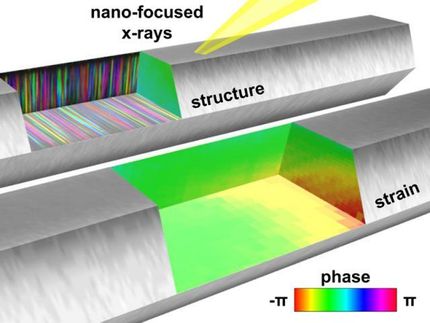Michigan State University to host $550 million federal nuclear science facility
Facility for Rare Isotope Beams to give glimpse into origin of elements, push envelope of physics research
Advertisement
The U.S. Department of Energy Office of Science named Michigan State University as the site for the Facility for Rare Isotope Beams. Conceptual design work for the proposed new $550 million facility will begin this year, with construction expecting to take about one decade. The facility will attract top researchers from around the world to conduct experiments in nuclear science, astrophysics and applications of isotopes to other fields.
"This is a great day for science," said MSU President Lou Anna K. Simon. "We are grateful to the Department of Energy's commitment to address this critical priority for the nation's physical sciences research infrastructure, and we are proud to have been selected as a partner. We are deeply dedicated to working with the Department of Energy's Office of Science to develop an exceptional user facility serving the needs of national and international scientists.
The selection of MSU by DOE was the result of a competitive, merit review process that utilized a panel of world-renowned experts from universities, national laboratories and federal agencies. The appraisal included rigorous evaluation of competing proposals based on the merit review criteria described in the original DOE Funding Opportunity Announcement, presentations by the applicants, and visits by the merit review panel to each applicant's site.
FRIB will build on the successes of MSU's National Superconducting Cyclotron Laboratory, which submitted the proposal to DOE. NSCL has been the key driver for MSU's leadership in nuclear science education and research. FRIB will provide intense beams of rare isotopes that will enable researchers to address leading-edge questions in nuclear structure and nuclear astrophysics. Such questions include: What is the origin of the elements we find in nature? Why do stars sometimes explode? How can we better model atomic nuclei and their interactions? What combinations of neutrons and protons can make an atomic nucleus? What are the new applications of isotopes that can better diagnose and cure disease?
The heart of the new facility will be a high-intensity heavy-ion linear accelerator that will provide world-unique technical abilities. These will include the ability to conduct experiments with fast, stopped and reaccelerated beams, which will help users extend the reach of nuclear science. FRIB will establish world-leadership in rare-isotope science conducted in the United States in the future.





























































